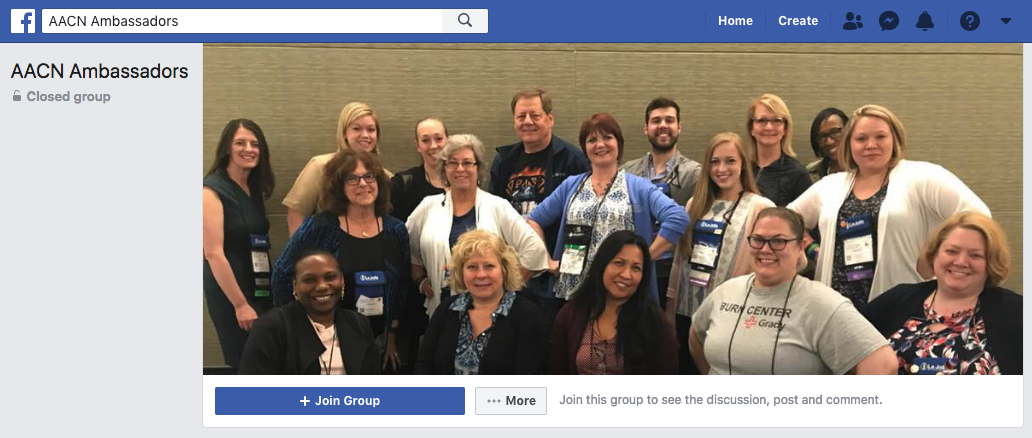If you’re like most educators, you probably struggle to balance your orientation schedule with the staffing needs of the nursing units. Sometimes it seems like there’s just not enough time to teach everything that novice nurses need to know in between their shift responsibilities. Sound familiar?
I remember that struggle well from years in nurse education. That’s why I’ve compiled a few creative ideas to help educators overcome the orientation scheduling struggle, combat learner fatigue, and promote buy-in from hospital administration and staff.
What’s the best way to combat learner fatigue?
I have two favorite scheduling options for orientation, which I’ll explain. Before I do, though, I have to explain why they’re my favorite: They avoid front-loading ICU and PCU content.
I’ve personally experienced the risks of front-loading material in my hospital. I used to worry that I wouldn’t have the opportunity to teach the learner at a later date. To ensure I didn’t miss anything, I scheduled everything they might possibly need during orientation upfront and early.
The result: too much content in too little time. We all know that ICU and PCU nursing content is difficult to grasp and apply — novice ICU and PCU nurses often report that the amount and difficulty of the material they are trying to learn is overwhelming … not to mention applying it!
So, how can we better support orientation needs without front-loading?
My recent conversation with a few educators demonstrates what orientation can look like when we allow ourselves more time. When these educators reduced the amount of required content to be completed during orientation, their post-assessment scores improved an average of two to three points on the final exams. With less material to cover, the nurses could focus on the need-to-know and better recall what they learned!
With that said, my favorite orientation schedules that avoid front-loaded content are as follows:
- On-the-job training (OJT) before e-learning and blended-learning inter-activities
- Phased orientation
Scheduling idea #1: OJT before e-learning and blended-learning interactivities
I love this option where educators provide OJT for two to five months, with a preceptor prior to beginning the e-learning and in-person blended-training sessions.
What’s so great about the OJT option?
- The nurse is given time to acclimate to the unit and gain experience in managing critically ill patients with the support of the preceptor.
- It makes the formal e-learning and classroom activities applicable to what they see when taking care of patients. The experience provides a much-needed frame of reference for the nurse to apply what they encounter in their e-learning modules and in-person classes or simulation activities.
- See what else progressive and critical care nurses are saying about OJT programs on our AACN Ambassador Facebook page.

What are the potential downsides to OJT?
The learner often goes through the e-learning content at a time when they are no longer supported by a preceptor at the bedside. The remedy is to ensure they always have an identified go-to experienced nurse in the unit who can be available to answer their questions or validate their thinking.
Another concern is the possibility they will be pulled into staffing on days originally scheduled for e-learning and blended-learning activities. A contingency staffing plan and a firm commitment by all stakeholders to the novice nurse’s success are essential to ensure the nurses don’t miss out on their scheduled education time.
Scheduling idea #2: Break up orientation into phases
One large health system that onboards hundreds of nurses per year took a fresh approach by breaking orientation into two parts. Part one addresses the question “What do they need right now to practice safely?” Part two addresses content necessary for patient care.
Part 1: Occurs over three weeks and includes e-learning modules with content on cardiac, hemodynamics, pulmonary and neurologic
- Some of the modules must be completed as prerequisite work prior to coming to simulations and blended-learning classes.
- Depending on when the nurse was hired, the entire part one may occur during their orientation journey. Then, they should take a break.
Part 2: Typically begins after the nurse has finished orientation. This portion addresses content on renal, hematology, endocrine, gastrointestinal, multisystem and advanced hemodynamics, if needed.
- The simulations and classes for this part are shorter and occur over a two-week period.
More details on this novel idea and other cool scheduling solutions are in the implementation scenarios available on the AACN ECCO webpage.
What makes phased orientation great?
My experience supports the value of balancing the orientation schedule and not front-loading. In one instance, nurses hired between regularly scheduled orientation classes worked with a preceptor for up to three months until the next critical care class started. I found that these learners had an easier time understanding and applying content from the e-learning modules and blended-learning activities.
They would often describe patient care scenarios and how they applied what they saw in their e-learning modules, simulations or blended-learning class activities to the patients they were caring for. It always thrilled me to see and hear nurses applying what they were learning from the e-learning modules and blended-learning class activities to patient care.
I’ve also witnessed and read in the e-learning continuing education evaluation summaries that learners who are provided with more supported time to go through e-learning modules, along with blended-learning activities, report less stress and a greater ability to understand and apply the content. They are more willing to continue reviewing and learning when they aren’t forced to learn all the content too quickly.
What are the potential downsides to phased orientation?
Due to urgent staffing needs, time is of the essence to prepare the nurse for the unit with all the information possible and all the orientation checkmarks complete. There’s always pressure from staff and administration to front-load material and get learners out the door. I know I’m not the only educator who has dealt with this orientation struggle!
How can you promote buy-in when your hospital doesn’t support OJT or a phased orientation plan?
You probably agree that nursing is about lifelong learning. Supporting nurses with realistic expectations will hopefully encourage them to continue learning throughout their nursing journey, as well as reduce staff burnout and turnover — something that hospital leaders and administrators can support.
I highly recommend working with your unit and hospital leaders to identify scheduling that supports the educational needs of learners and balances it with the staffing needs of the unit. Negotiation is essential, so don’t forget to come prepared with evidence to support your suggestions.
Tip: Please be sure to use the AACN Ambassador Facebook page as a resource to discover what is working for other units. You can also read our blog article to learn how to assess your unit needs and collaborate on scheduling. Nurses in Professional Development Community provides educators a platform to discuss and share best practices.
Once you have come to an agreement about scheduling, make sure to stick with it! As I mentioned, it’s tempting to pull nurses into staffing on days they are scheduled to learn. Getting everyone on the same page about the importance of onboarding and proactively writing contingency plans is a major key to success.
What is your favorite orientation schedule?
I know there are many educators out there using unique scheduling options for ICU and PCU orientation. Tell our community about your successes and struggles with scheduling learners.
What works? What is your favorite orientation schedule? What outcomes are you seeing? Please share your stories below.

Are you sure you want to delete this Comment?